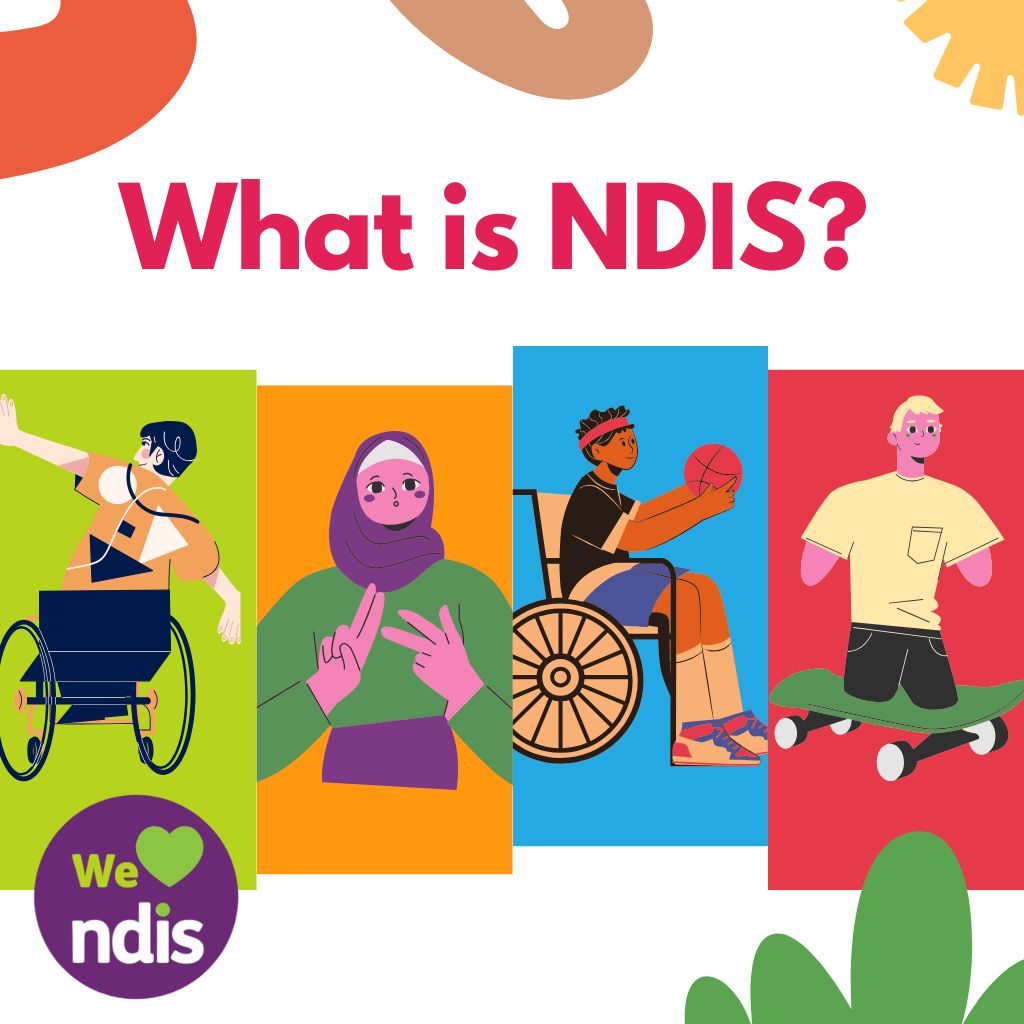
The National Disability Insurance Scheme (NDIS) is a revolutionary initiative by the Australian government, designed to provide support to Australians with disabilities. Since its inception, the NDIS has significantly changed how disability services are delivered, placing the participant at the center of the decision-making process. This blog will delve into the basic fundamentals of the NDIS, helping you understand its core principles and how it functions.
What is the NDIS?
The NDIS is a national program that provides funding and support to individuals with a permanent and significant disability. It aims to help participants achieve their goals, whether that’s gaining independence, finding employment, or improving their overall quality of life. The scheme is designed to provide personalized support, meaning that each participant’s plan is tailored to their specific needs.
Key Principles of the NDIS
How the NDIS Works
Participants receive an NDIS plan that outlines the funding they will receive and how it can be used. This plan is developed in consultation with the participant, taking into account their goals and needs. The funding can be used for a variety of supports, including daily personal activities, transportation, employment services, therapeutic support, and more.
Conclusion
Understanding the fundamentals of the NDIS is crucial for anyone navigating the disability support landscape in Australia. By focusing on participant needs, offering choice and control, and taking a lifelong approach, the NDIS provides a comprehensive framework to support Australians with disabilities.


